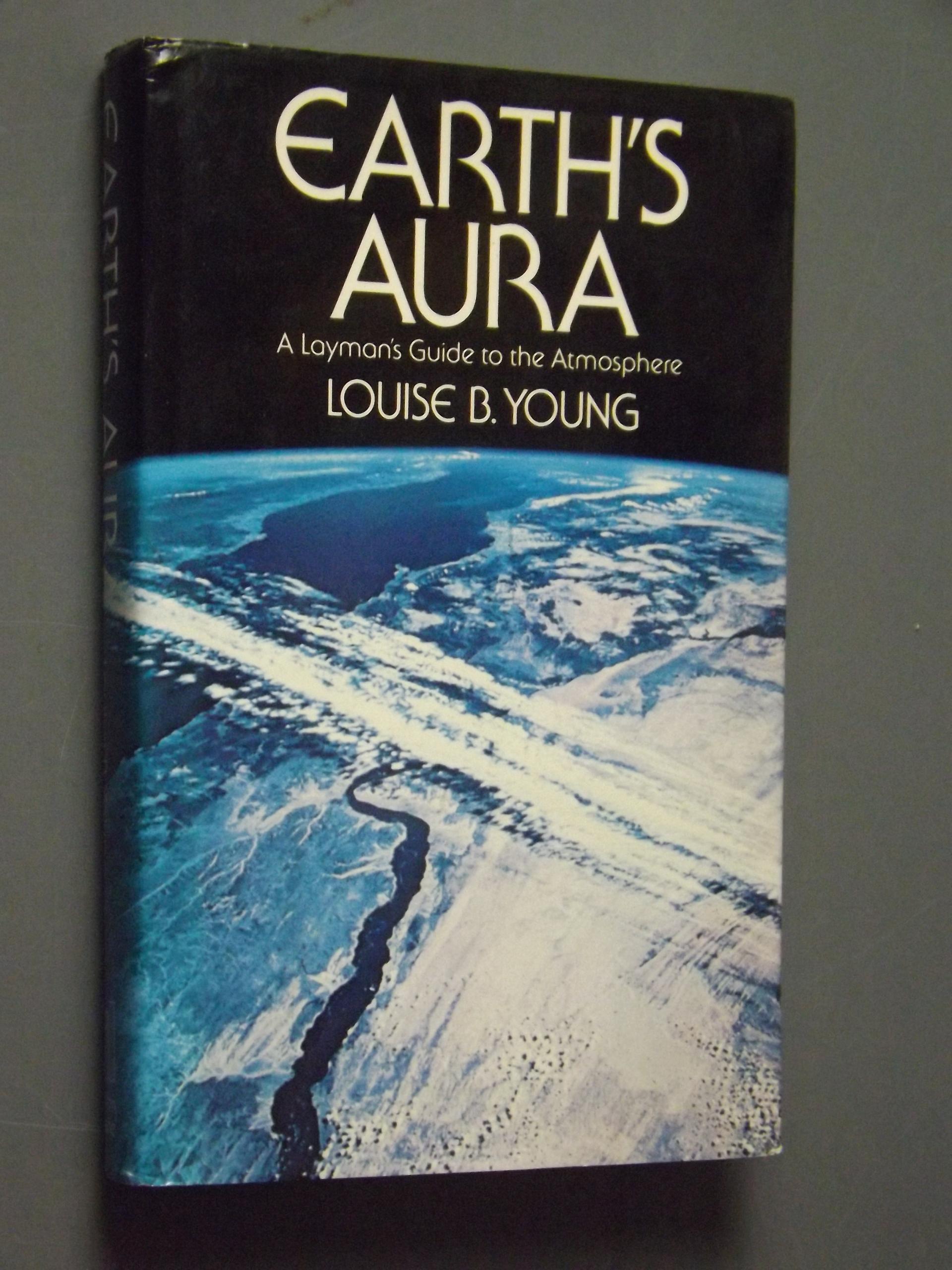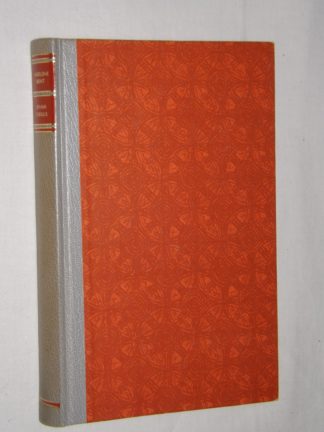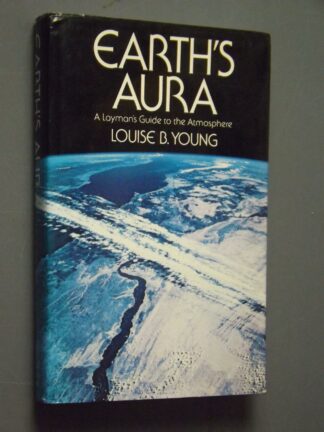Beskrivelse
This book’s about atmospheric science. It covers just about everything and is written in a non-technical, easy style. Young starts off with the earliest scientific explorations of the atmosphere: the discovery of air pressure, the thinning and chilling of the air with increasing altitude, the discoveries of the various gases it comprises, and with the invention of ballooning, the investigations of the various layers (troposphere, tropopause, stratosphere, etc.). She continues with all the different kinds of precipitation, cloud science, the atmosphere’s interactions with the planet’s biology and evolution, the carbon cycle, the effects of volcanic eruptions, air pollution, temperature inversions, the ozone layer and the danger of ground-level ozone pollution, the various kinds of winds, the jet streams, storms (hurricanes and tornadoes), lightning, optical effects of atmospheric phenomena, the solar wind and its interaction with Earth’s magnetosphere, the aurora, the constant infall of interplanetary dust, the atmospheres of the other planets, and finally, the issue of climate change past, present, and future (along with its effects on humanity). Young includes some amazing anecdotes. For instance, the harrowing ascent of the science balloon Mammoth by Coxwell and Glaisher in 1862. They were soon to exceed the maximum possible altitude for human survival because their vent valve became frozen shut, and they only survived because Coxwell was able finally to yank it free with his teeth (he having lost the use of his arms). According to Young, Coxwell had to climb out of the basket onto the suspension ring to reach it, and fell completely off the balloon and somehow landed back in the basket. In another chapter, Young spends a couple pages describing the Great Smog of 1952 in London which claimed some 4000 lives. Later in the book Young describes a glider pilot whose plane was literally torn to pieces in a thunderstorm. He didn’t even have to bail out; he was actually torn free of the cockpit and all he had to do was pull the ripcord. These parts made for some entertaining reading. There is a center section of glossy photo plates showing various cloud formations and optical phenomena (mostly photos made from satellites), eight photos in all. There is one which is a blowup of a snowflakes. Young’s prose evokes rich imagery and at times waxes poetic, usually only at the ends of chapters. At various places she emphasizes that there is much still unknown about the atmosphere and that humanity’s modification of its gas and particulate content is a potentially dangerous experiment that would be difficult to reverse were it to become a threat to mankind’s survival.




